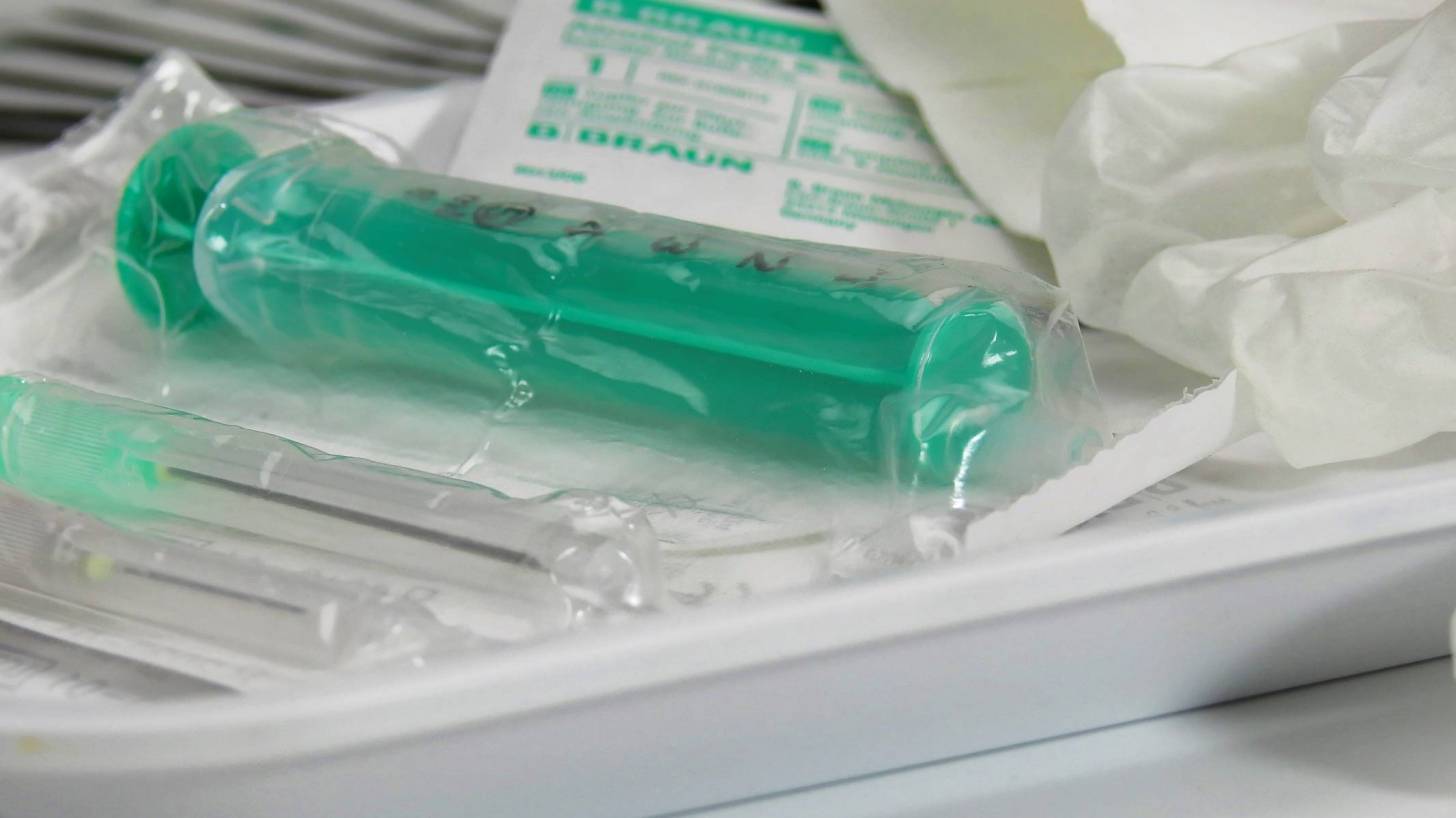Are State Laws Preventing Pharmacists From Improving Immunization Rates?

There are many opportunities to improve the quality of healthcare delivered in the U.S.A.
One opportunity is to improve vaccination rates, which can help reduce vaccine-preventable illnesses.
This is one goal of the Centers for Disease Control and Prevention’s (CDC) Healthy People 2020 initiative.
To achieve this goal, an easy first step could be removing legal barriers that overly restrict the delivery of vaccines.
If the federal law was reformed to authorize pharmacists to administer all approved Centers for Disease Control and Prevention (CDC) recommended vaccines, patients would live healthier lives, says a new study by the Pacific Research Institute.
Too many people become sick, are hospitalized, or die from vaccine-preventable illnesses each year, reported this new research.
“Adult vaccines can improve people’s health,” said Wayne Winegarden, Ph.D., author of “Promoting Access and Lowering Costs in Health Care.”
“But, our nation’s vaccine rates are unacceptably low. Making vaccines more accessible will help reverse this trend.”
Right now, pharmacists are subject to a patchwork of laws in each state that are effective barriers to vaccines being administered at neighborhood pharmacies.
While flu shots are readily available, other commonly-prescribed vaccines such as the shingles vaccine or pneumococcal pneumonia, are not.
These complex access barriers exist even though pharmacists receive vaccination training in their pharmacy school education.
Another factor that limits vaccination rates is ‘inventory-management’.
Healthcare providers most-often cited barrier being the costs to stock the vaccines.
Summarizing the results from a 2012 survey of doctors, “only 31 percent of family physicians and 20 percent of general internists reported stocking all 11 adult vaccines that were recommended for routine use in 2012.”
“The most important barrier to stocking and administering vaccines was financial for both family physicians and internists.”
Studies have shown that pharmacies are well positioned and very experienced in inventory management of pharmaceutical products.
In recognition of these inventory management realities, many physicians already refer their patients to pharmacies to receive vaccinations, said this research.
Among the other findings of Winegarden’s study:
- Reforming the system would increase vaccination rates and would allow patients to obtain vaccines at more convenient hours, such as lunchtime, evenings, or weekends.
- Reform would let patients get vaccines much closer to their homes or offices, as pharmacies are typically just a short drive away.
- Reform would also improve access to health care in rural areas, which often don’t have convenient access to doctors and clinics.
“In many states, outdated state laws unjustifiably limit patients’ access to vaccinations from providers who may be more convenient and less expensive,” Winegarden said.
“By reforming the laws, patients can get their next shingles or pneumonia shot at their neighborhood pharmacy – and save money, too!”
Confirming the Singhal and Zhang (2014) results, Fontanesi et al. (2010) examined the cost and efficiency of providing vaccination services in different care settings in San Diego.
These studies reported that “pharmacist-provided vaccination services had the lowest unit cost, as well as the best productivity and efficiency indexes of the 3 vaccination strategies studied.
As an example of this increased availability, Goad et al. (2013) reviewed the vaccination data of a national pharmacy chain finding that 30.5 percent of the more than 6 million vaccine doses dispensed were administered during nights, weekends, and holidays.
Pharmacists were also reported to be very consistent in following Advisory Committee on Immunization Practices national guidelines on the use of vaccines.
The study shows that pharmacists, when effectively empowered, play a valuable role in reducing the inadequate adult vaccination rate.
Pharmacists provide valuable education services, particularly with respect to the other CDC recommended immunizations that a patient should receive.
The lessons from the current regulatory environment illustrate that an effective policy will contain the following components:
- Grant pharmacists the authority to independently screen, assess, and administer all CDC recommended adult vaccines without a protocol or a prescription from a physician on a national basis while holding pharmacists to the same accountability and reporting requirements as other providers;
- Create streamlined, nationally consistent, reporting requirements to lower the costs (in terms of time and money) that pharmacies must pay to comply with the regulations; and
- Enable pharmacists to have access to patients’ vaccination history, enabling pharmacists to educate patients regarding potential benefits of vaccines.
Reforms such as these will reduce the unnecessary regulatory costs imposed on pharmacists and increase the choices patients have with respect to vaccination services.
Empowering pharmacists to administer vaccines also serves as an important case study for the broader health care system.
Increasing access across the healthcare system can provide patients with more choices, increase overall health care quality, and effectively “bend the healthcare cost curve”, said this research.
Our Trust Standards: Medical Advisory Committee
- Promoting Access and Lowering Costs in Health Care: The Case of Empowering Pharmacists to Increase Adult Vaccination Rates
- CDC recognizes pharmacists’ contributions to improving immunization access
- APhA Releases New Edition of Immunization Handbook
- Vaccine Recommendations and Guidelines of the ACIP
- STATES OF HEALTH: PHARMACIST VACCINATION LAWS AND REACHING CDC GOALS ON HPV



























